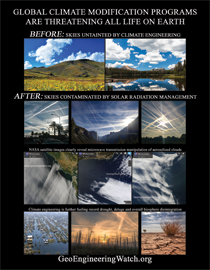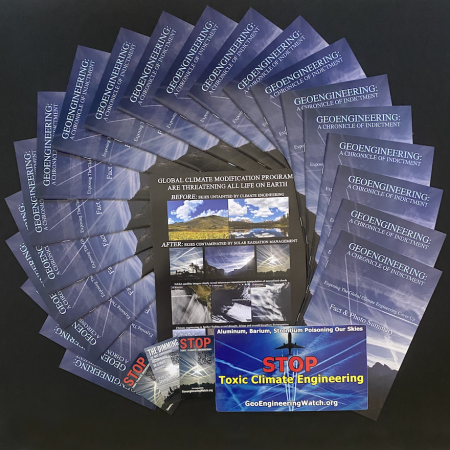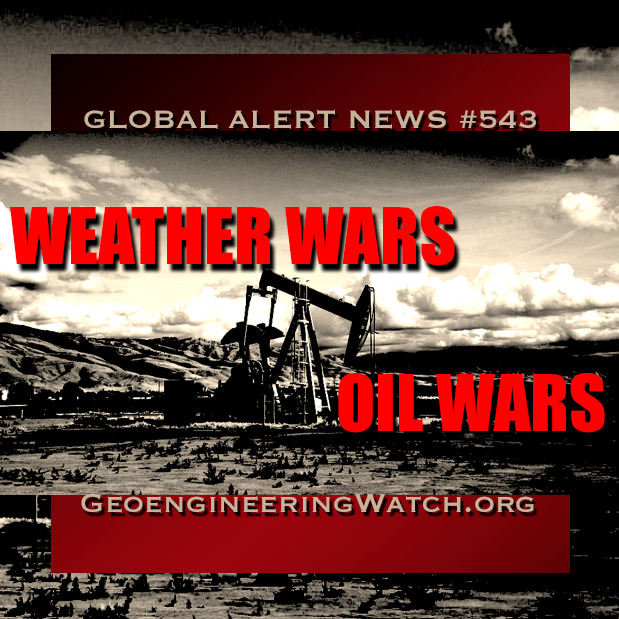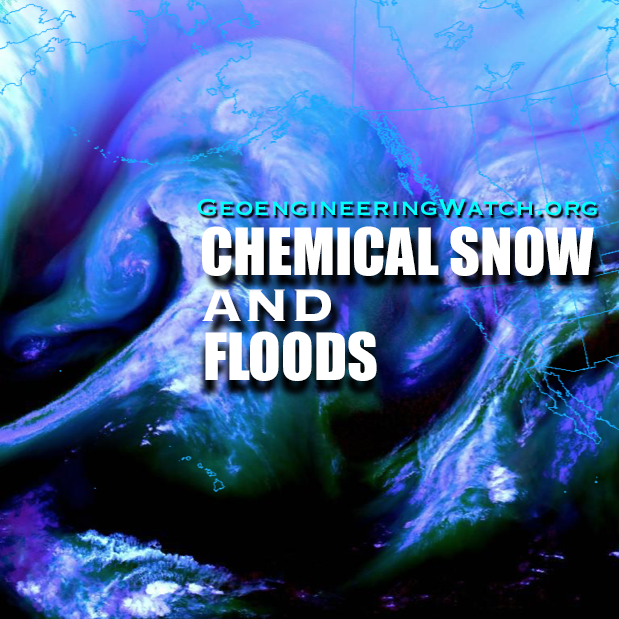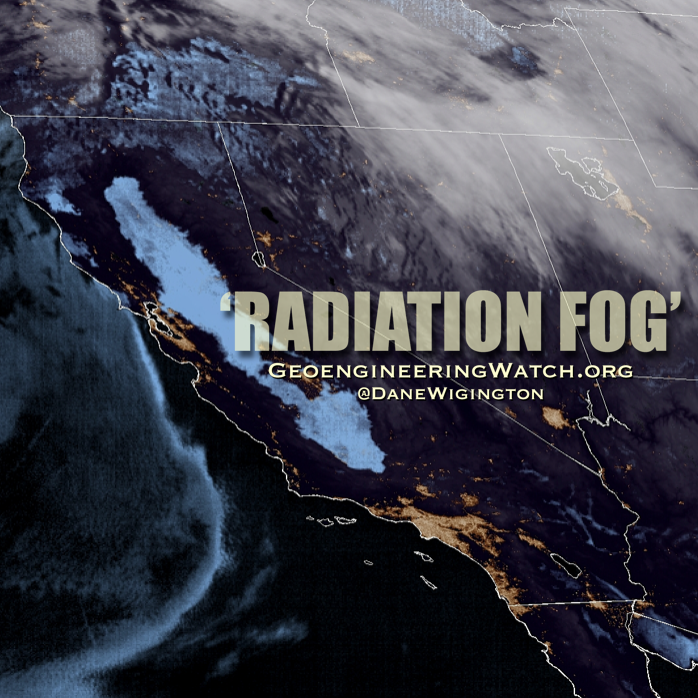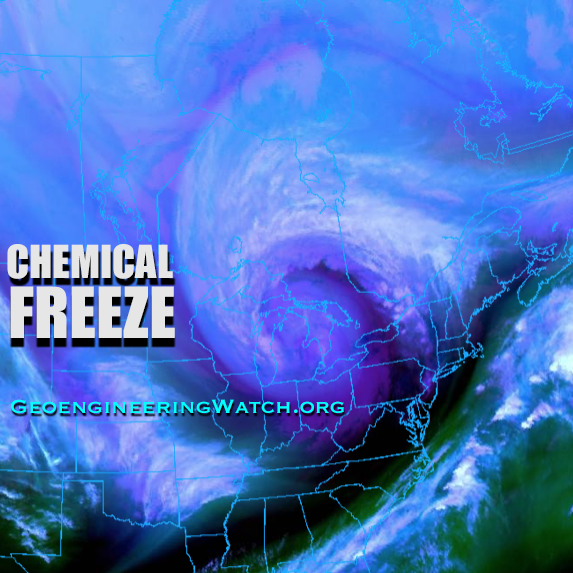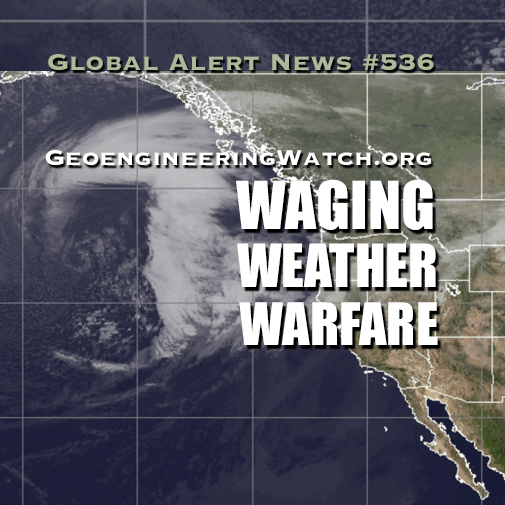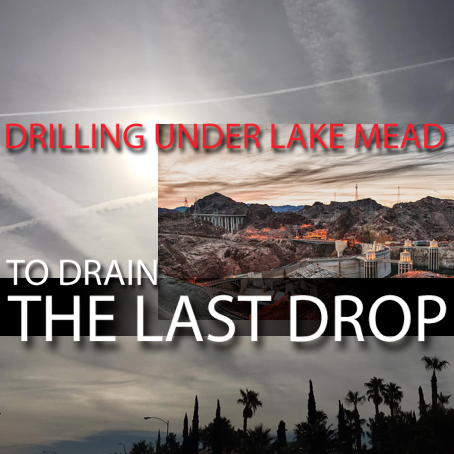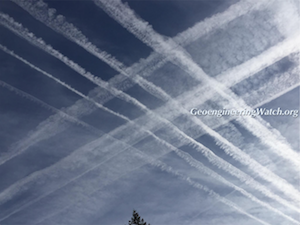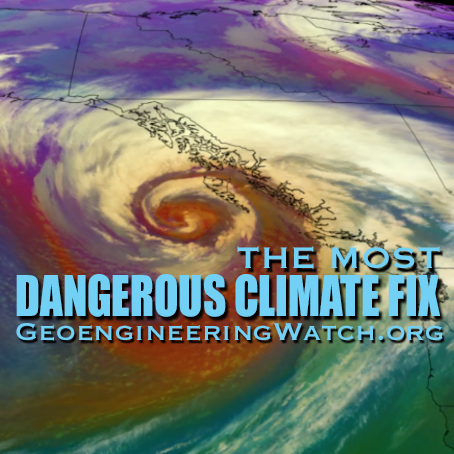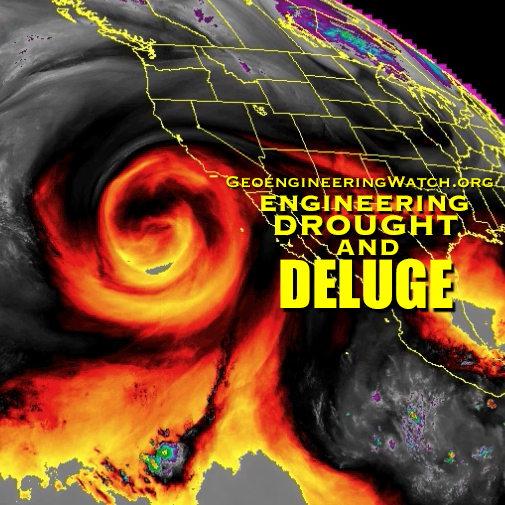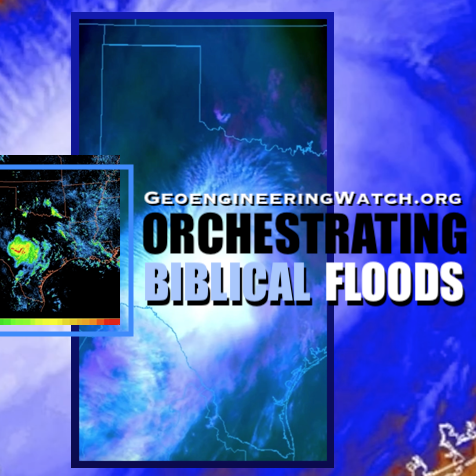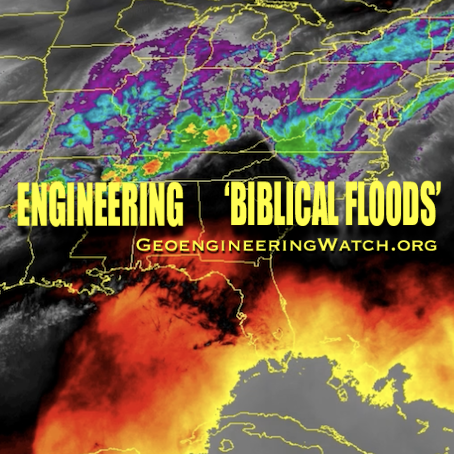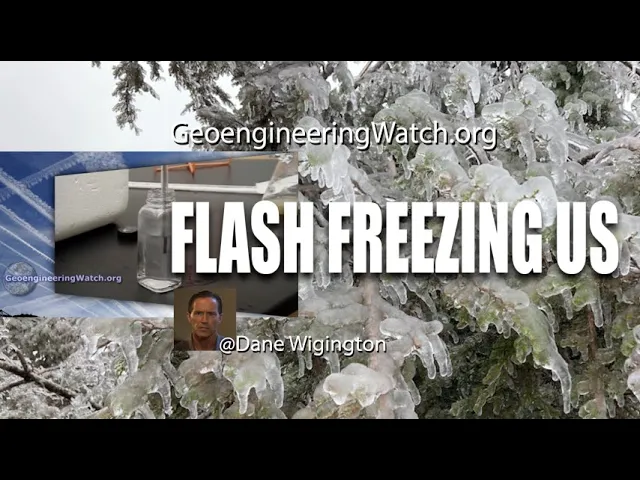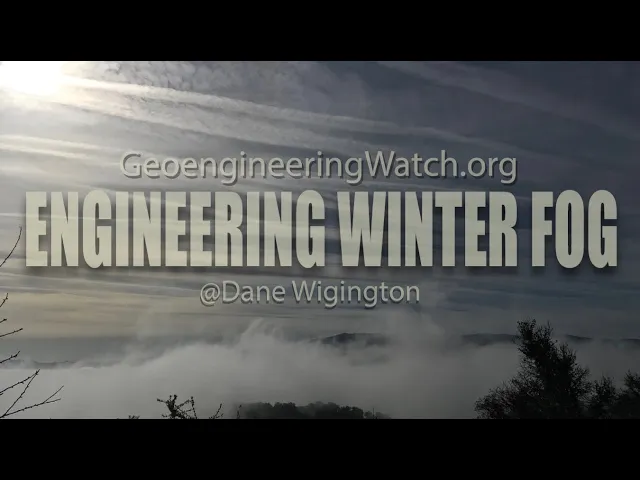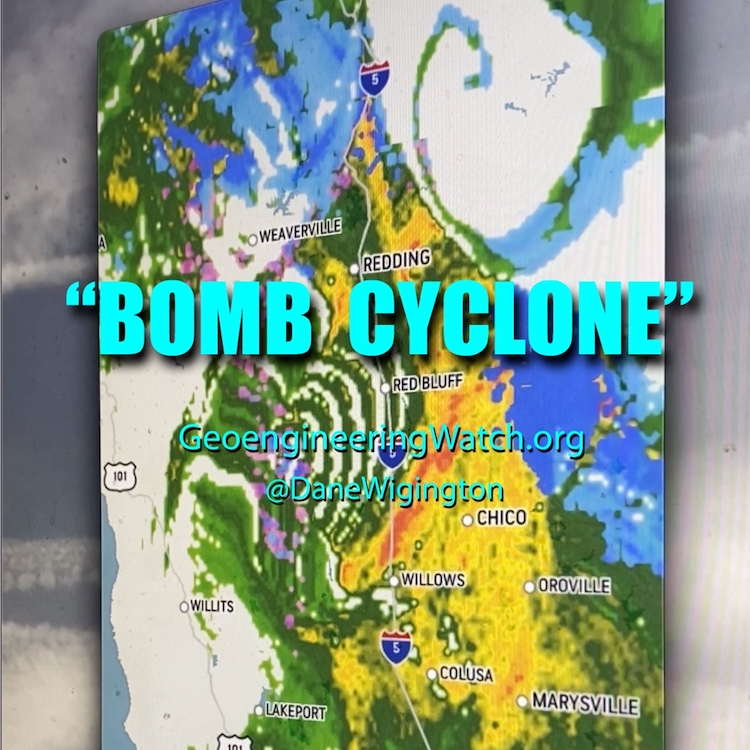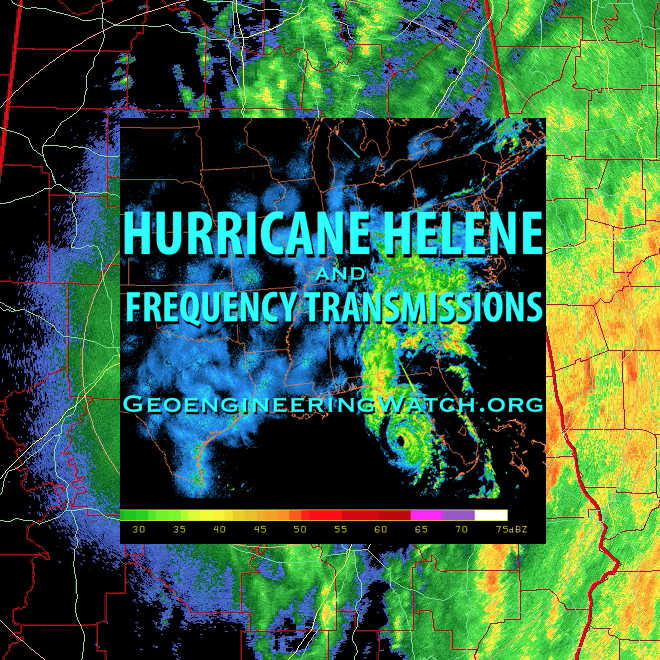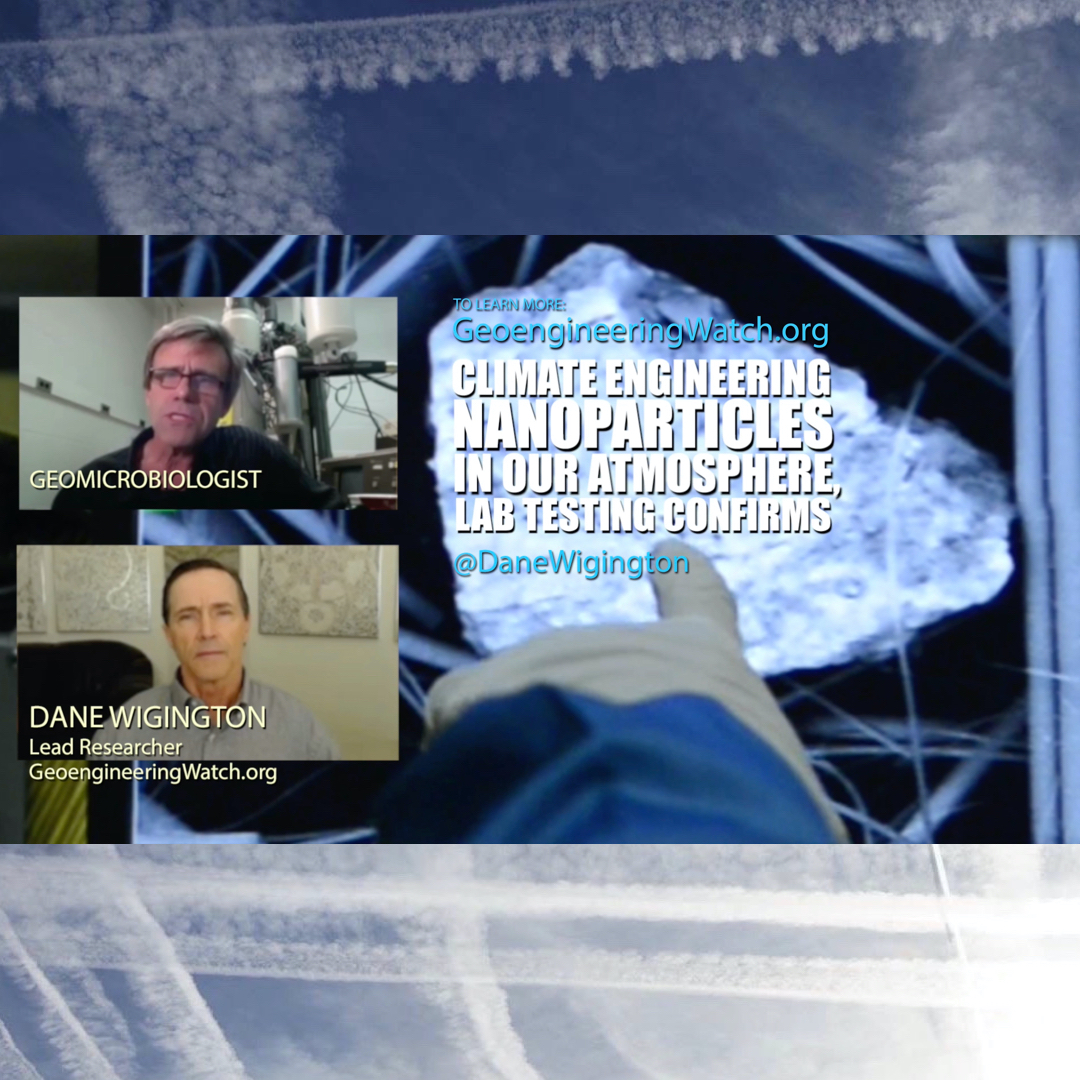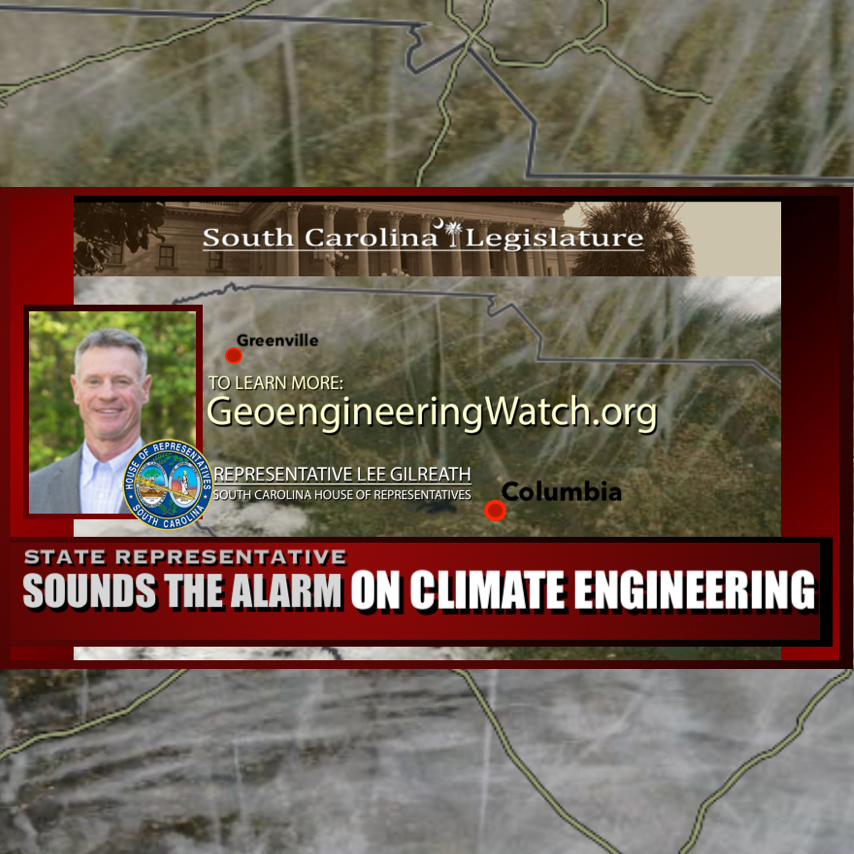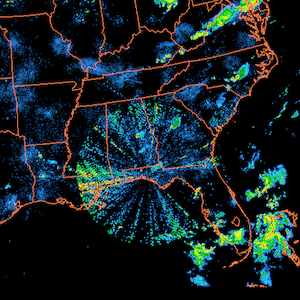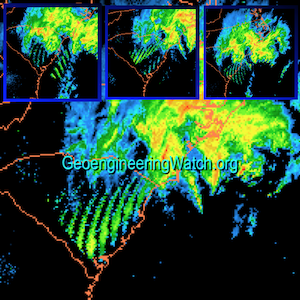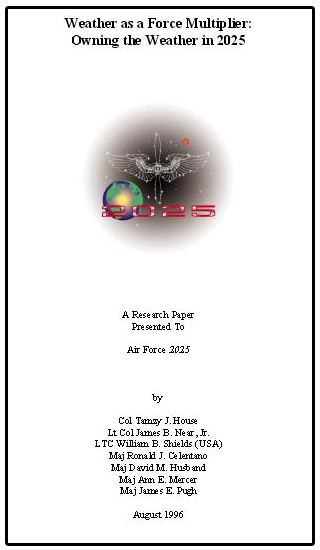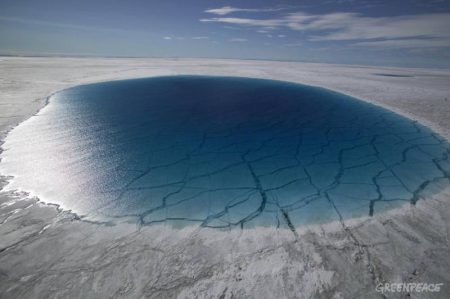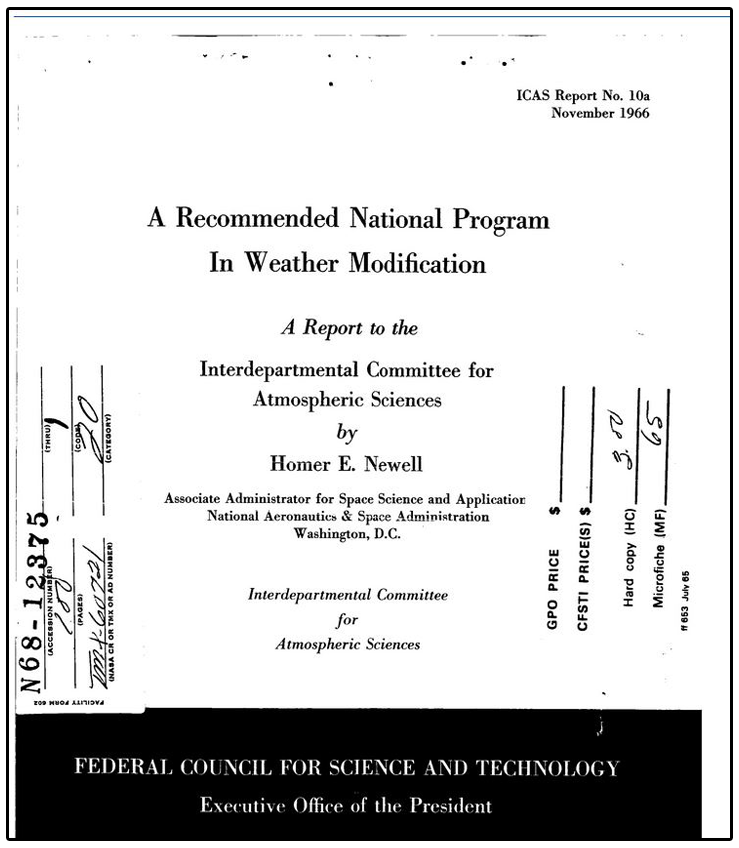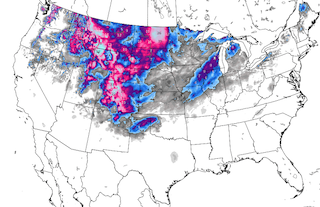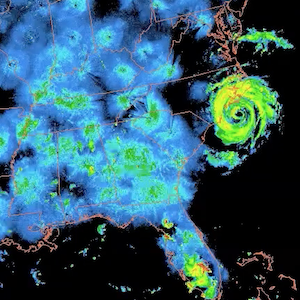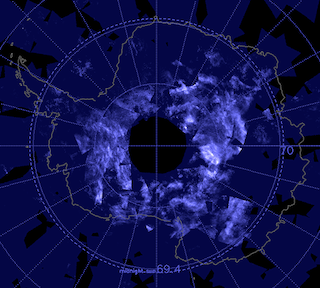The power structure is still confusing much of the American population about the true state of the climate. A massively geoengineered Eastern US has convinced many the planet is cooling. The completely controlled corporate media machine has fortified this totally false conclusion with well orchestrated headlines, falsified data, and complete omissions of facts from the front lines. The epidemic of “normalcy bias” is still blinding the masses. This must change if we are to have any chance at all. We are all standing on the deck of the Titanic and the water is already up to our knees. There is no shortage of denial in many circles. Climate Scientists deny the all too obvious climate engineering and many anti-geoengineering activists deny that the planet is rapidly warming. All must learn to get past their mental filters and look through a clear lens. Yet again the article below incorrectly omits the issue of climate engineering, but the facts from the ground outlined in the article are never the less accurate and on target based on all recognized sources. We must all constantly examine the wider picture in order to correctly connect the dots.
Dane Wigington
geoengineeringwatch.org
Temperatures over Greenland Fast Approaching 400,000 Year High, Risk 15-19 Feet of Additional Sea Level Rise
It’s getting hot over Greenland. Not the kind of hot we think of as each summer rolls along. But the kind of hot that melts massive two-mile-high slabs of ice. How hot? Within a decade or two, Greenland temps could reach their highest levels in at least 400,000 years. And that’s a problem. A big fracking problem.
Why?
Because a mere 1 degree Celsius of warming separates Greenland from temperatures last seen during the warmest interglacial of the last million years. During that time, sea levels were 6-13 meters higher than today — a staggering 19-44 feet. Melt came from both West Antarctica and Greenland, but until this week we didn’t know what melt portion came from which glacier system. For a study published Wednesday in Nature has pinned down the extent of the Greenland ice sheet of 400,000 years ago. And this new knowledge gave researchers the ability to estimate Greenland’s contribution to the swelling seas of that time.
The study took sediment cores from regions surrounding Greenland and, in doing so, was able to establish that enough ice melted from Greenland during a time when ice sheet temperatures were just 1 degree Celsius warmer than today to raise sea levels by between 4.5 and 6 meters (15 to 19 feet).
(The southern tip of Greenland, as seen in this June 26, 2014 LANCE MODIS satellite shot, was ground zero for a major ice melt during a warm interglacial period 400,000 years ago when Greenland was just 1 degree C hotter than it is today. Melt likely first issued from the low-lying and ocean exposed glaciers along the west coast of Greenland adjacent to Baffin Bay. Today, this region hosts Greenland’s fastest glaciers as well as its most extensive proliferation of surface melt ponds.)
A large portion of this ice came from the very vulnerable southern tip of Greenland. According to the ice core measures, two mile high ice mountains flooded away under the Arctic heat of 400,000 years ago, retreating to a meager central dome separated from a northern ice sheet which was also greatly reduced. In total, about two thirds of the ice from greater Greenland was lost (total loss of the Greenland ice sheet would raise sea levels by 24 feet).
Study co-author Anders Carlson noted in a recent press release — “…the threshold for ice sheet collapse is pretty low. We could be nearing the tipping point.”
Staring Rapid Greenland Melt in the Face
One degree Celsius, that’s all that separates all of the southern Greenland ice and a portion of the rest from a likely irreversible slide into the world ocean. And that’s also a rather pressing problem. Because the Arctic is now warming faster than anywhere else on Earth, at least two times faster than the global average. But for Greenland the recent pace of warming has been even faster. For since 1979 the surface of the Greenland ice sheet has warmed by 1 degree Celsius every decade.
This gives us just one more decade under the current pace of Greenland warming before we hit a threshold in which 15 to 19 feet of additional sea level rise is locked in and added to the already locked-in losses of about 4 feet from West Antarctica and about 5 feet from the other permanently destabilized and irreversibly collapsing glaciers and ice caps around the world.
That may just be the start. For the current CO2e heat forcing of 481 ppm is sufficient, if maintained long-term, to melt enough ice to raise sea levels by at least 75 feet overall. Unfortunately, ghg levels aren’t anywhere near stabilizing, but are instead rising faster than ever before. The human emission is so rapid that we hit atmospheric forcing levels high enough to melt all ice on Earth (if maintained over the long term) within 23 years. It’s a vicious threat to the world’s coastal communities. One that is difficult to overstate.
Simply put, the longer high and rising global greenhouse gas levels are maintained the more ice sheets we are likely to see going into irreversible decline.
Source: Robert Scribbler





